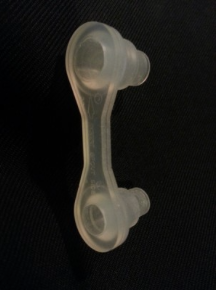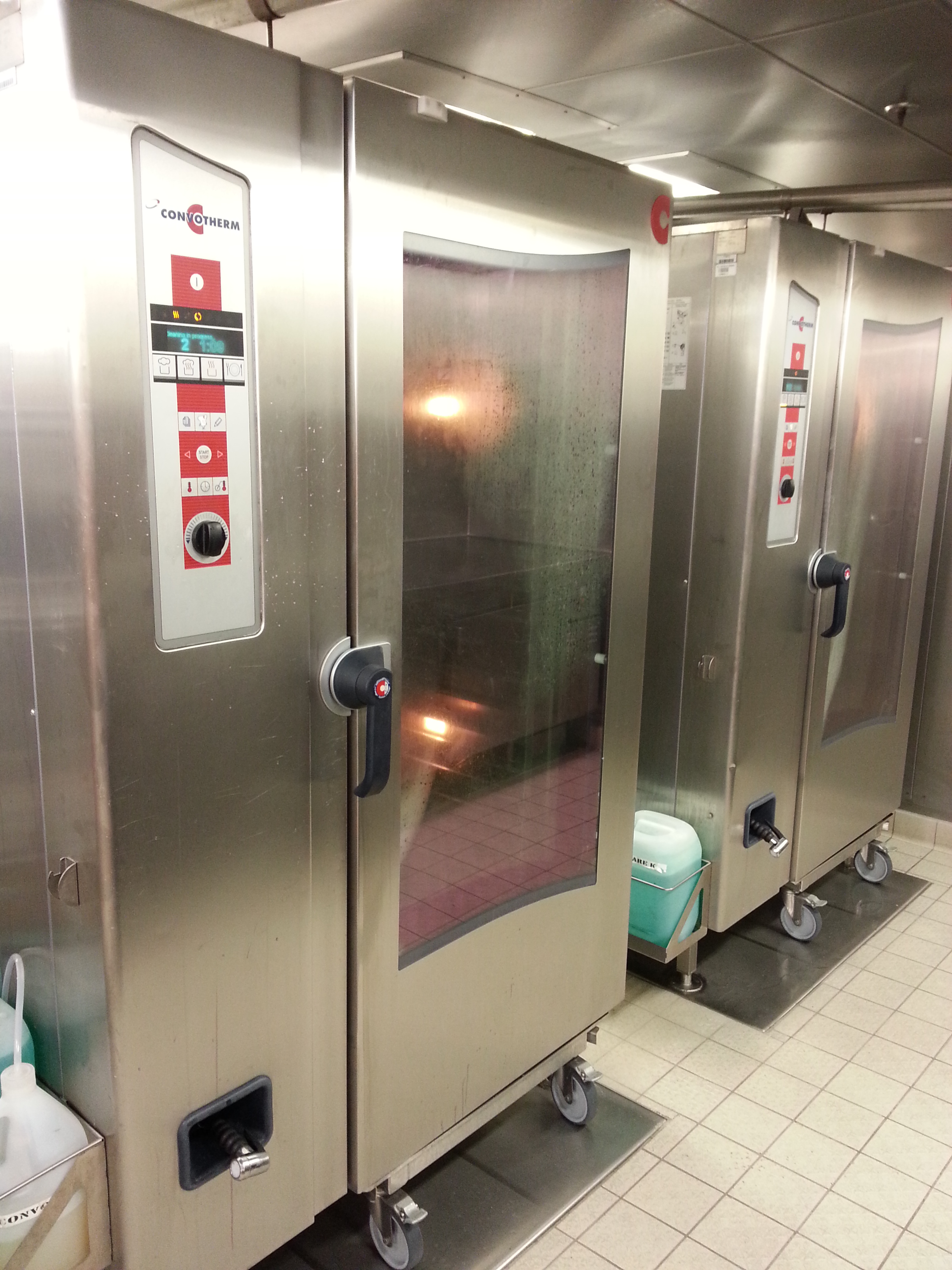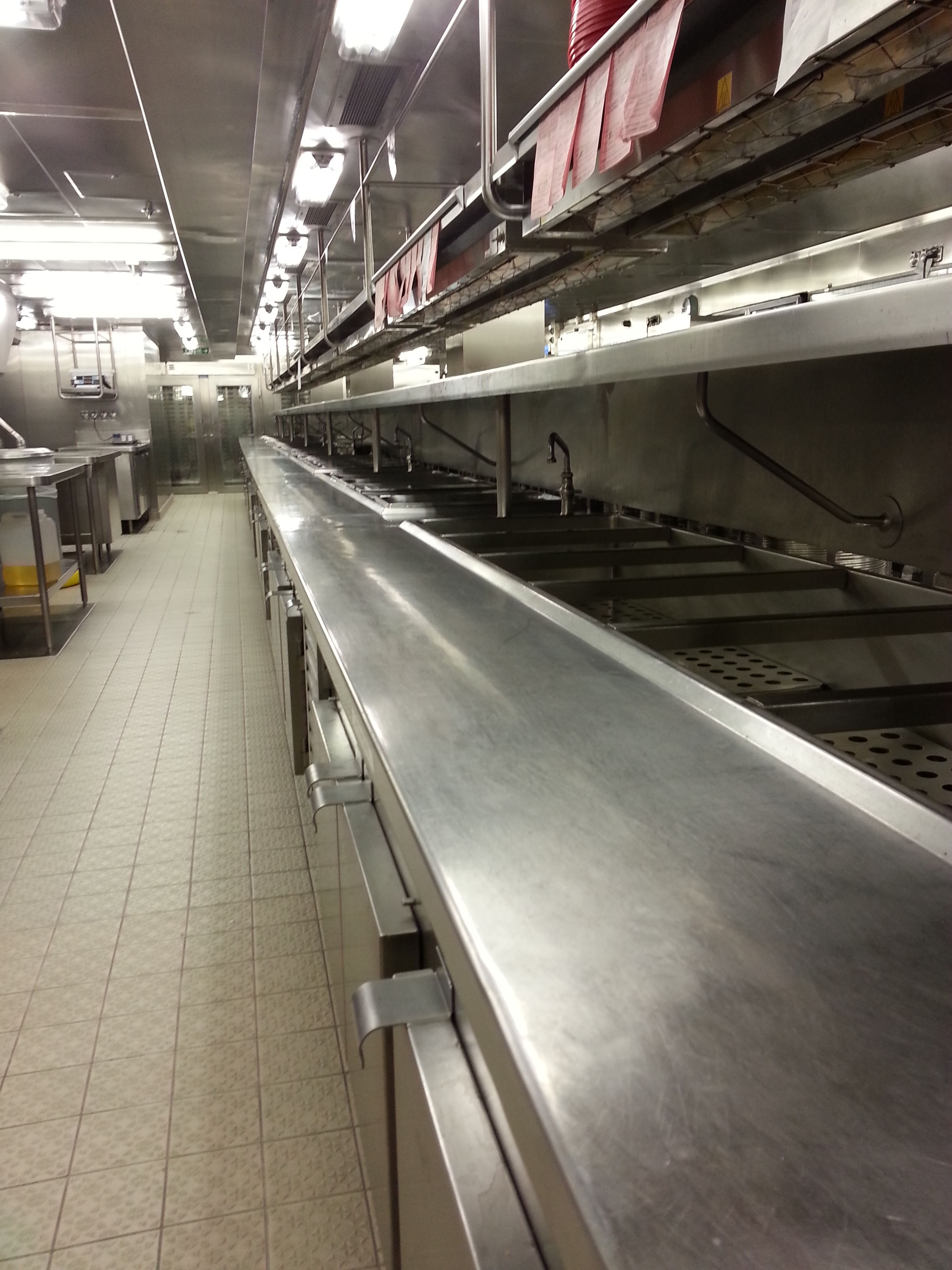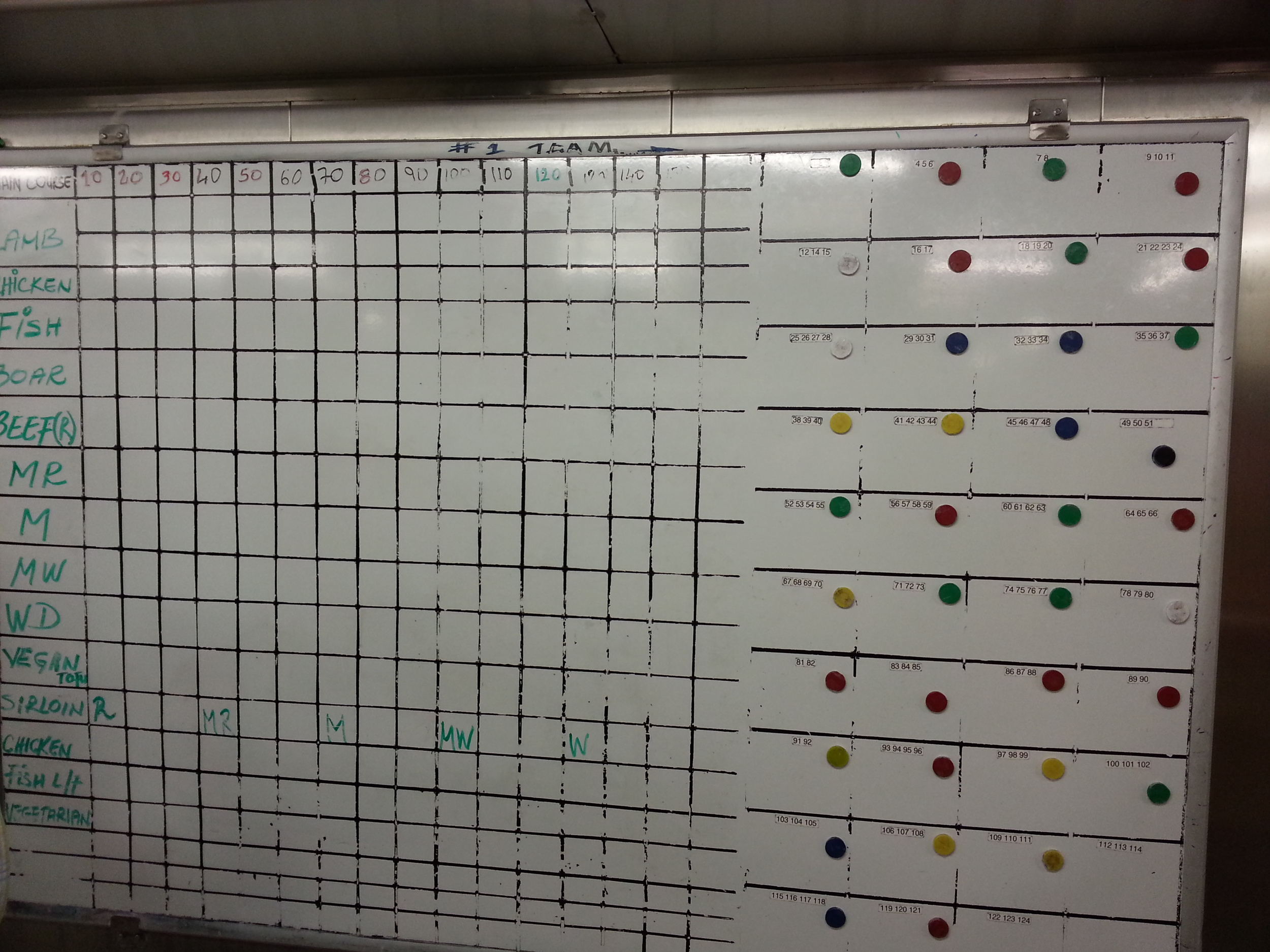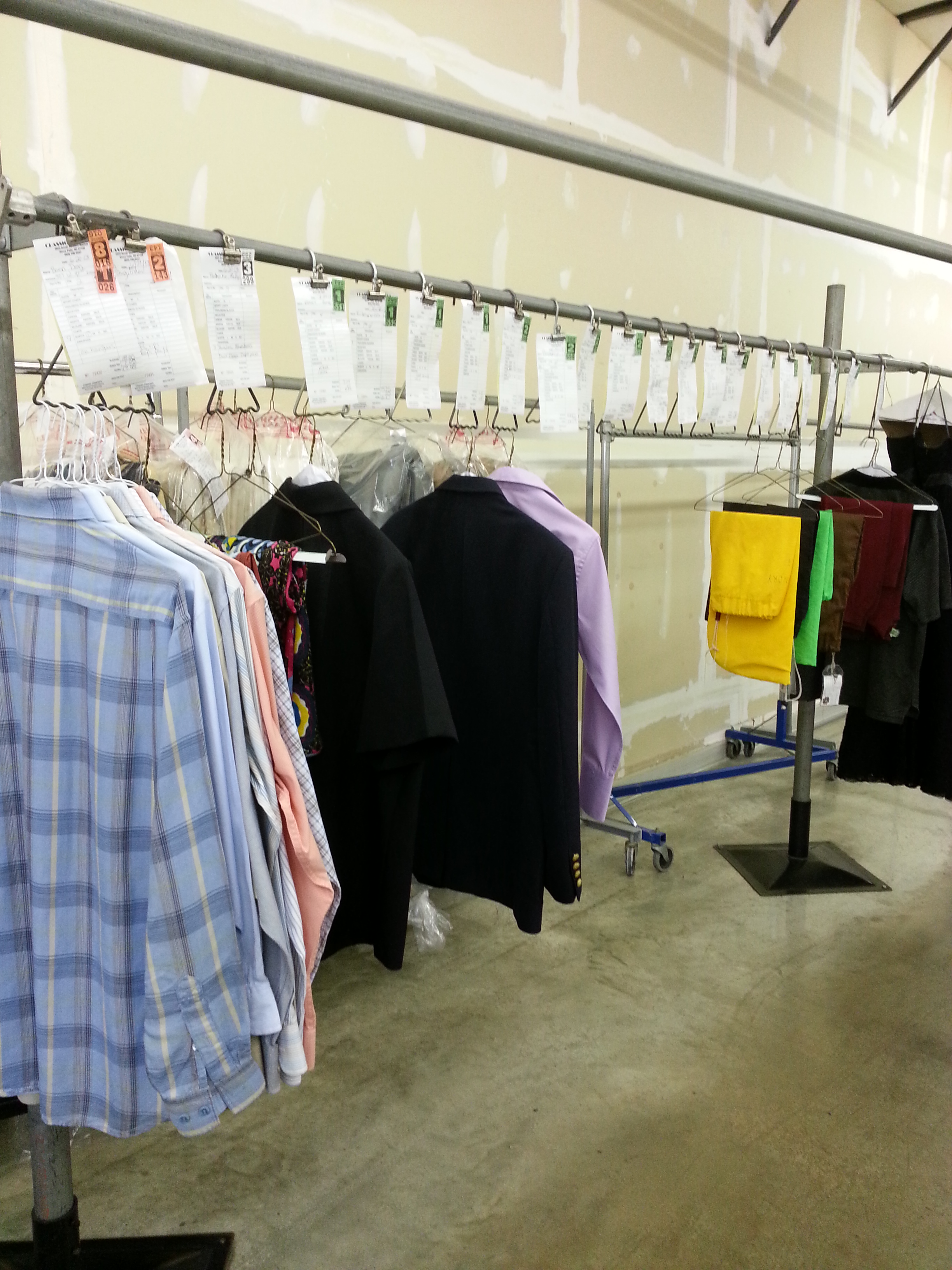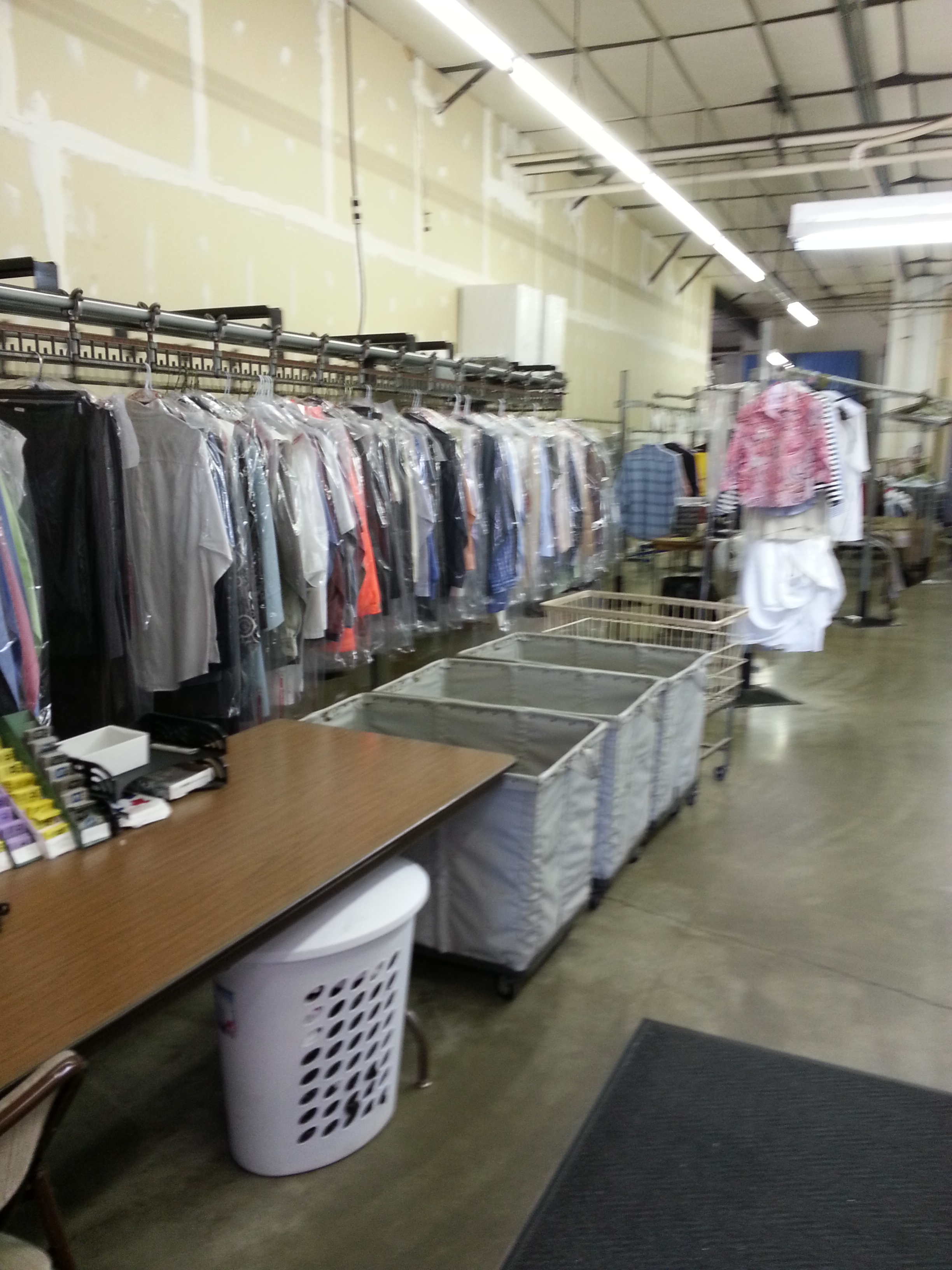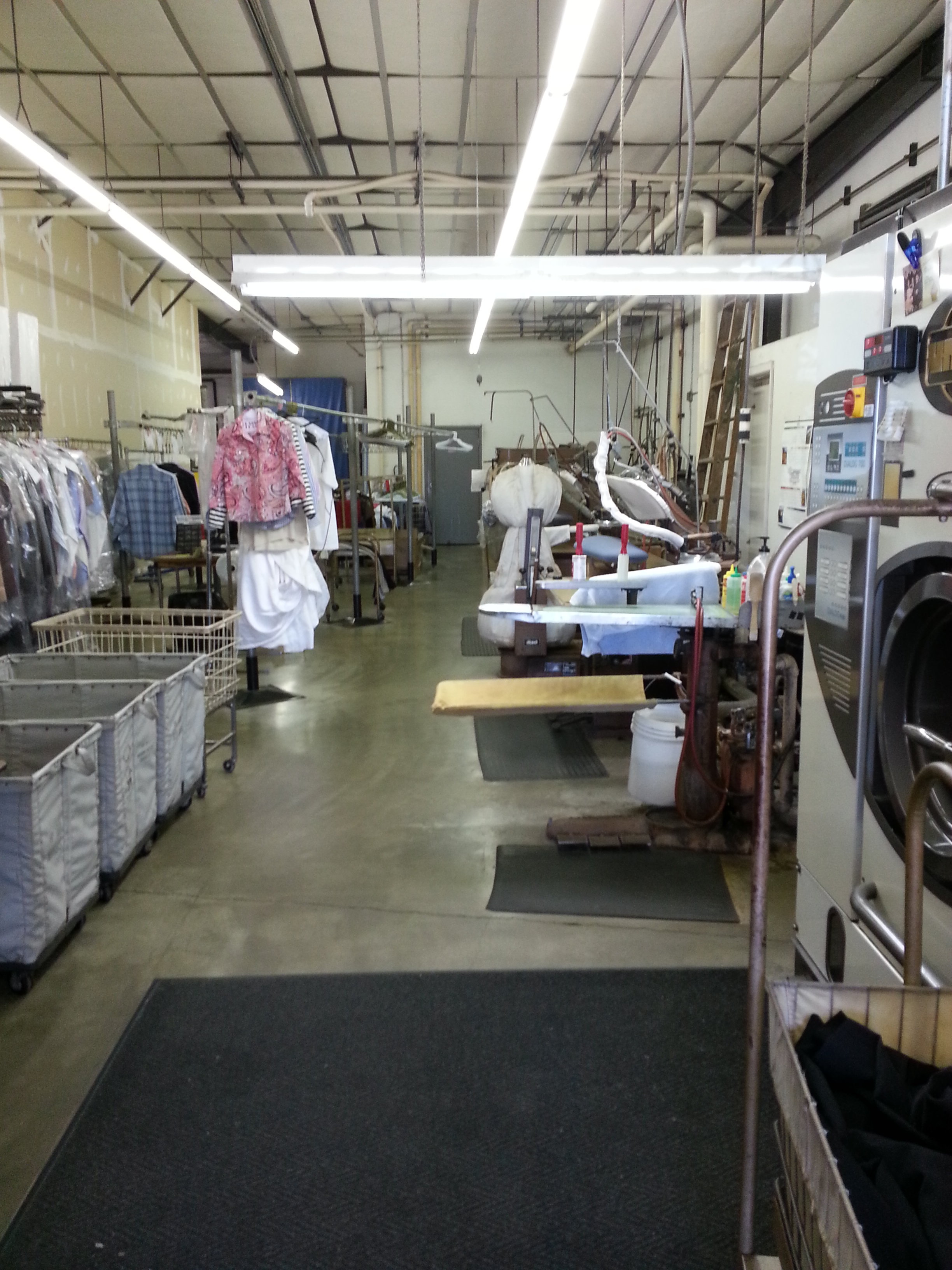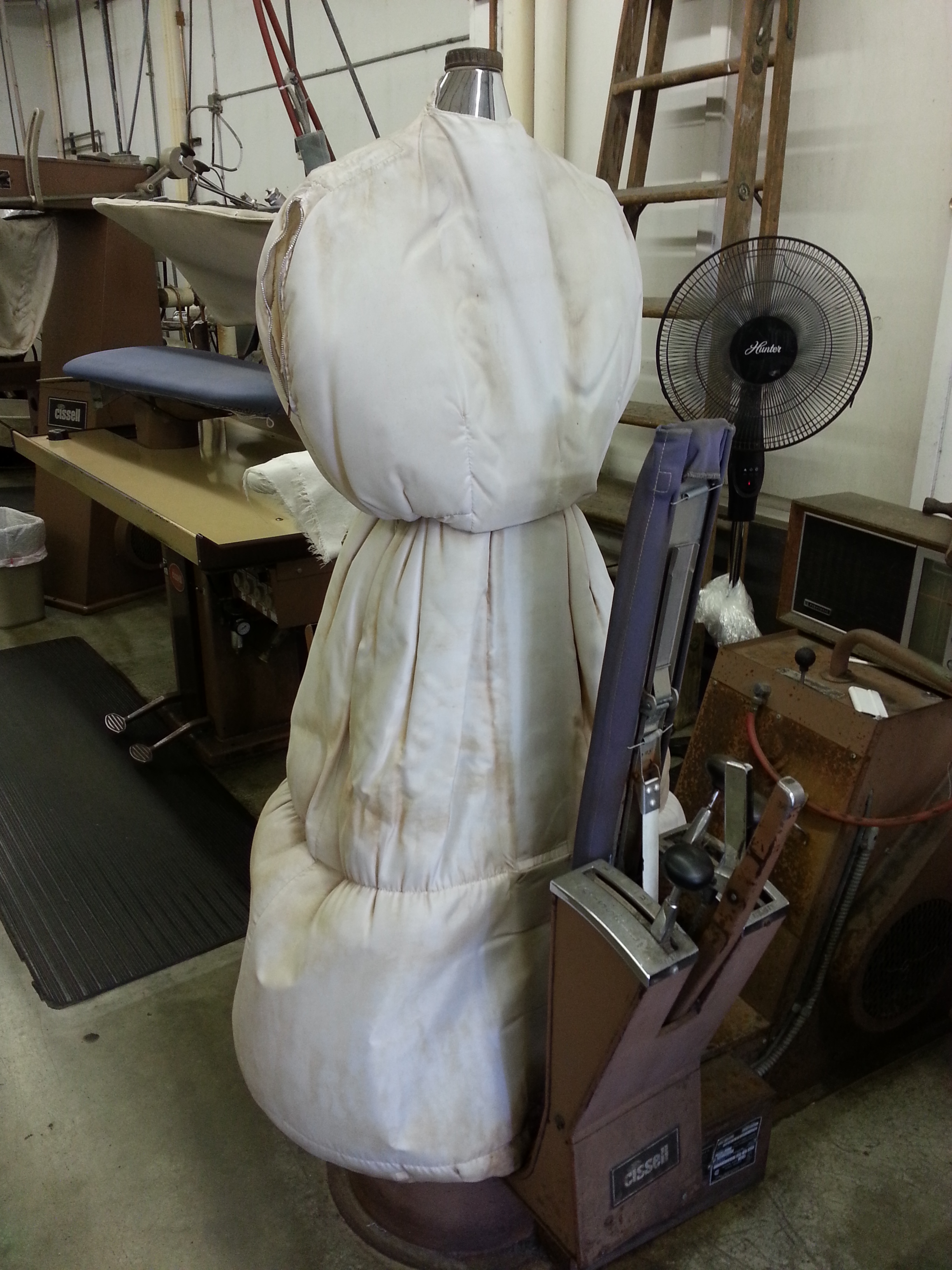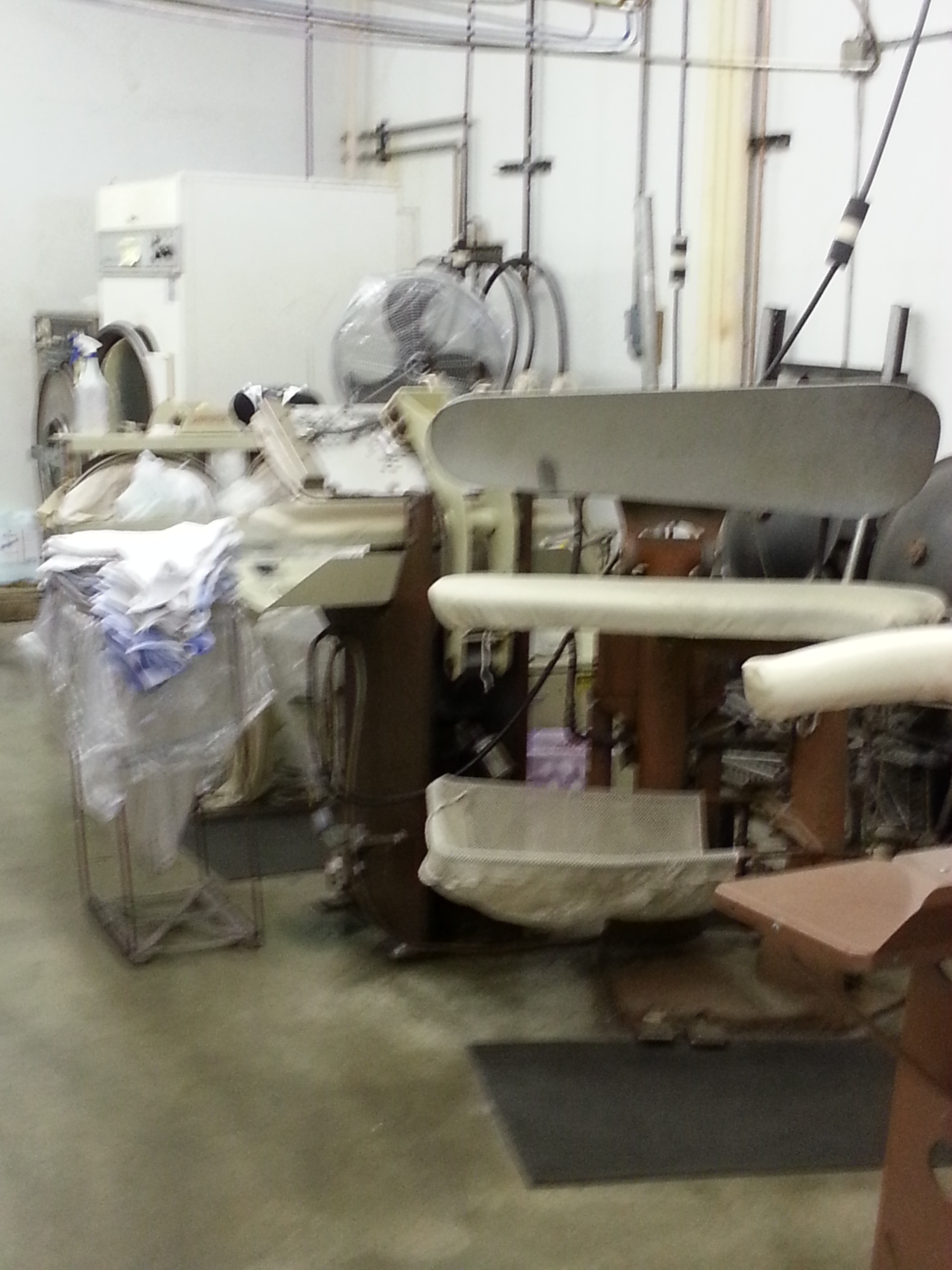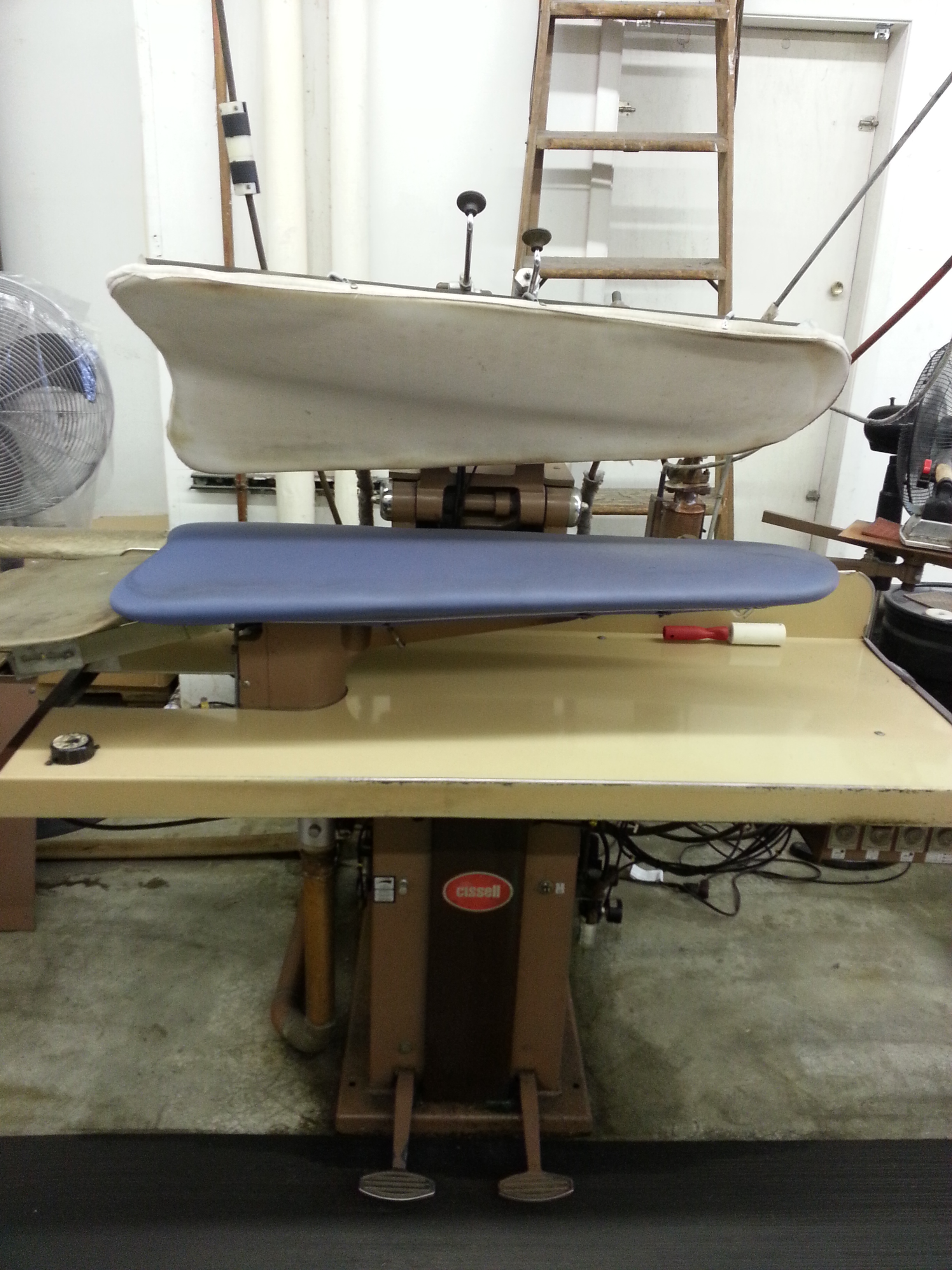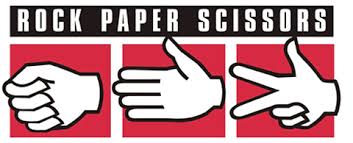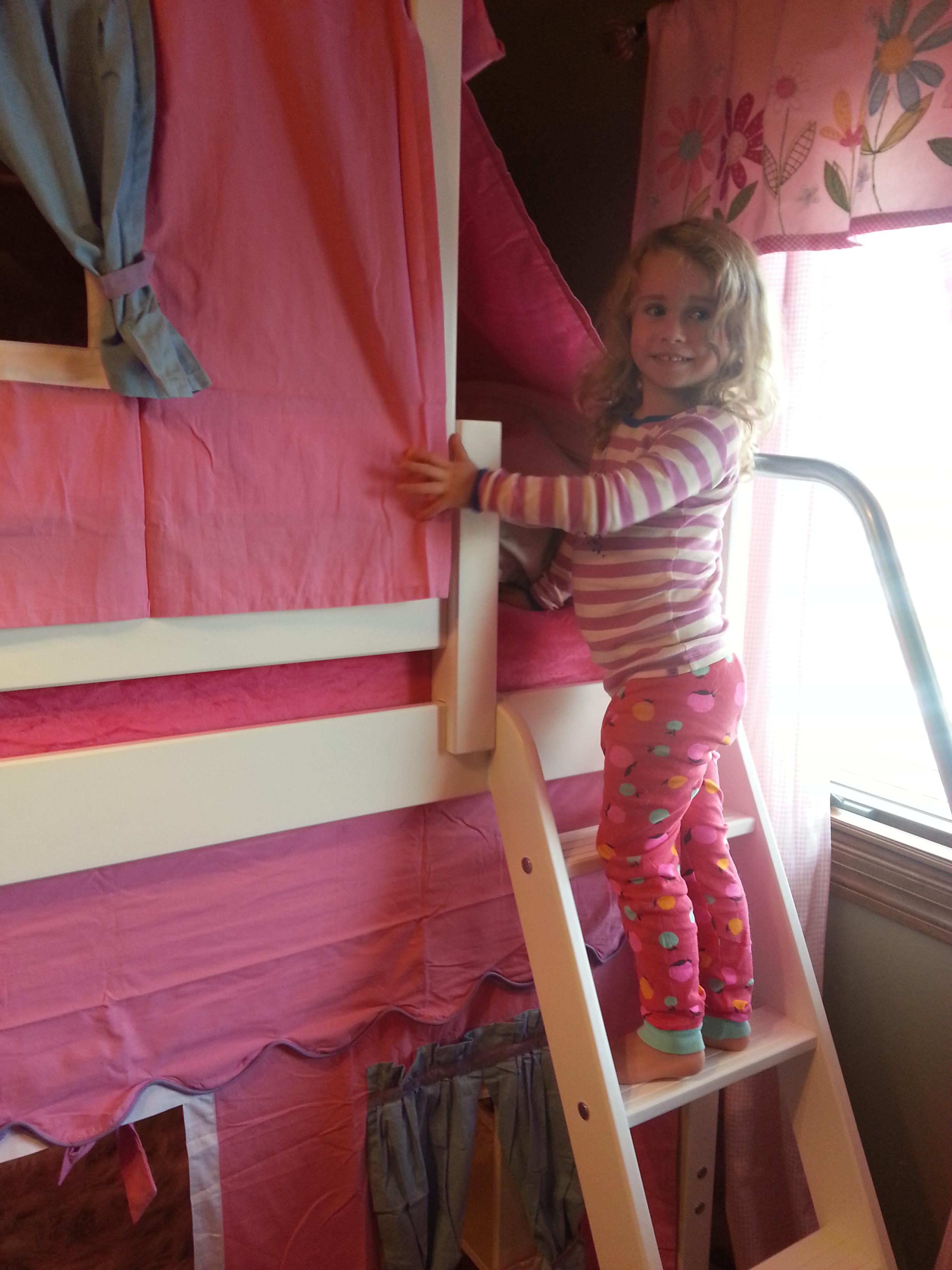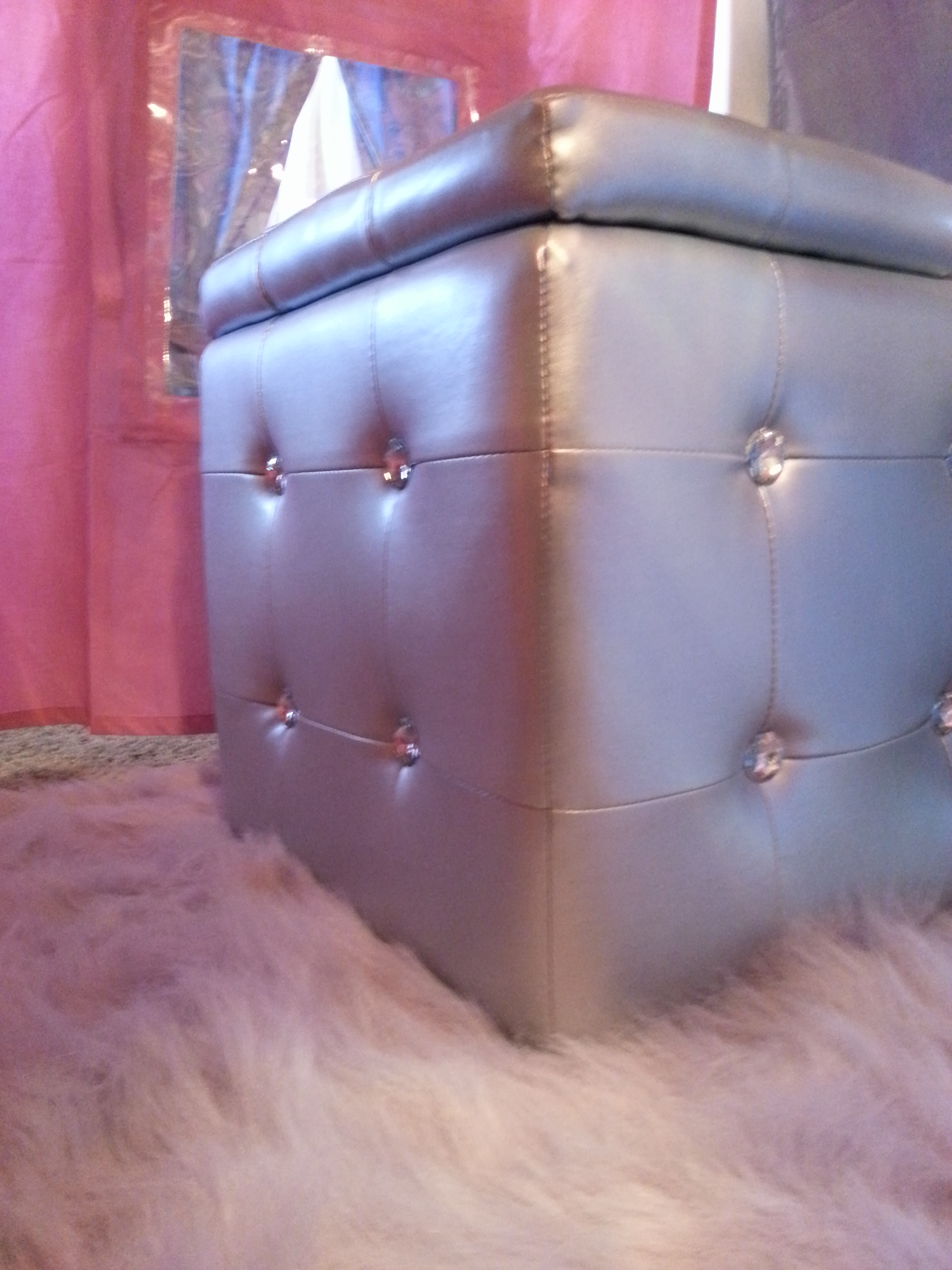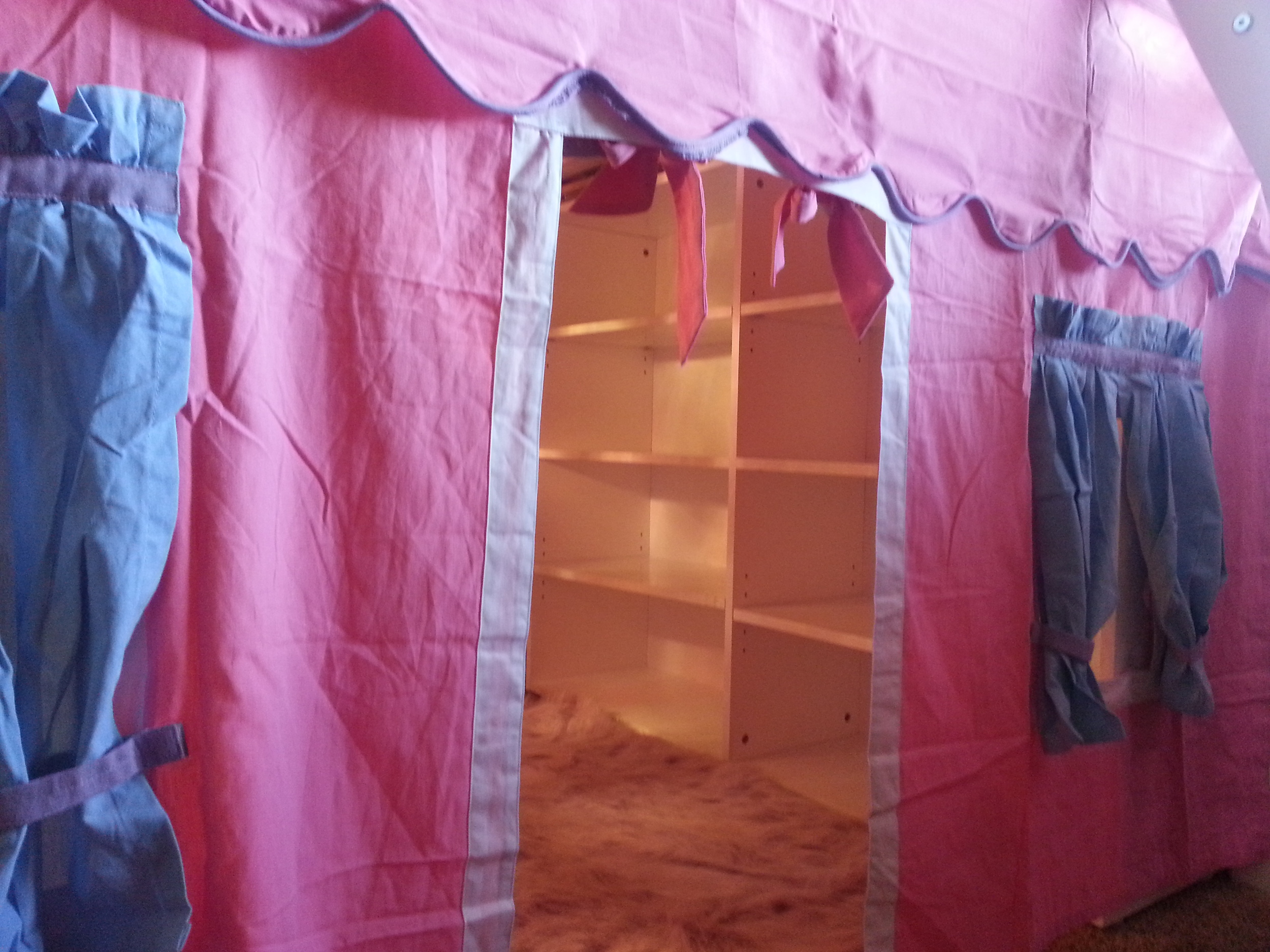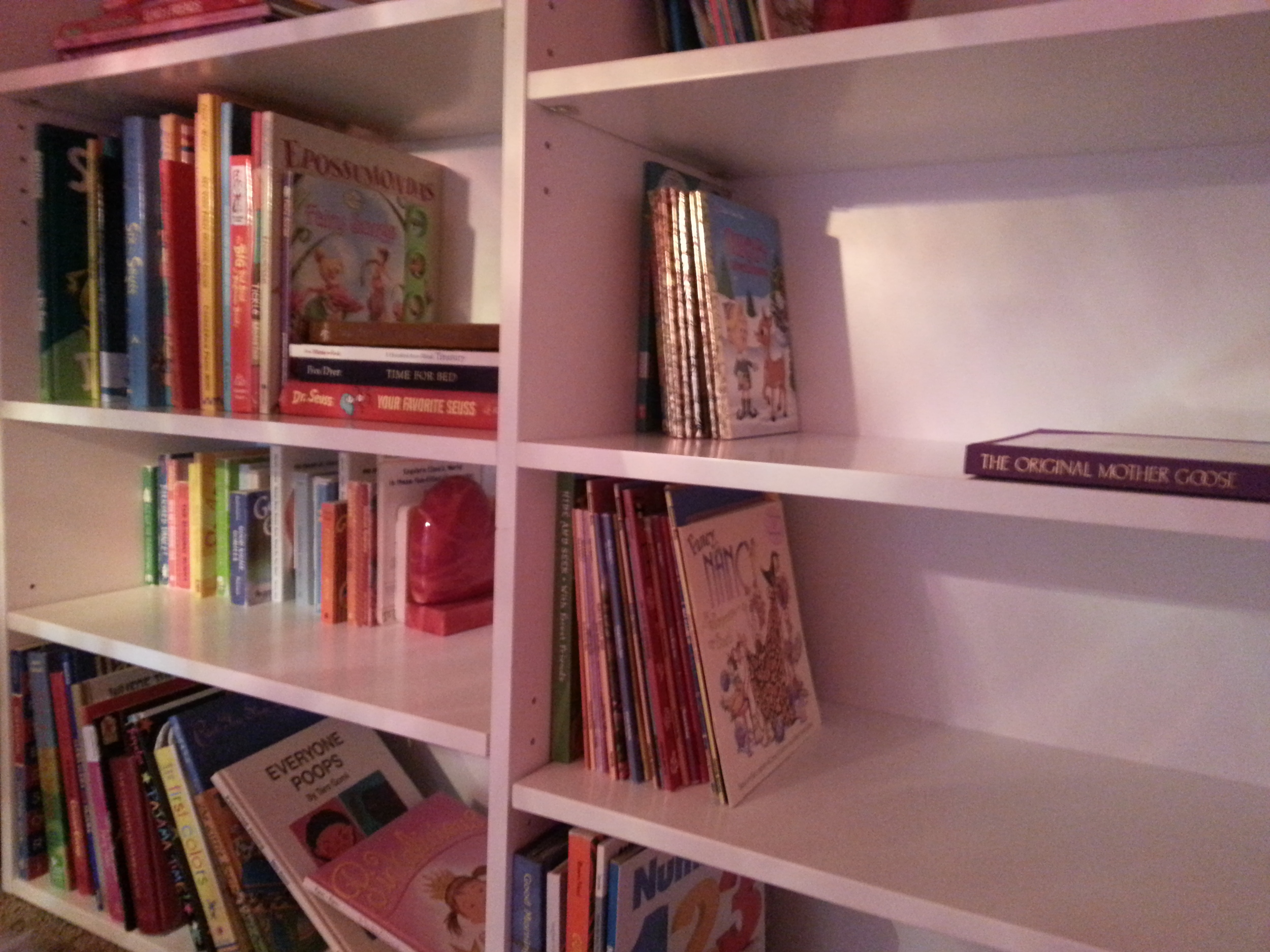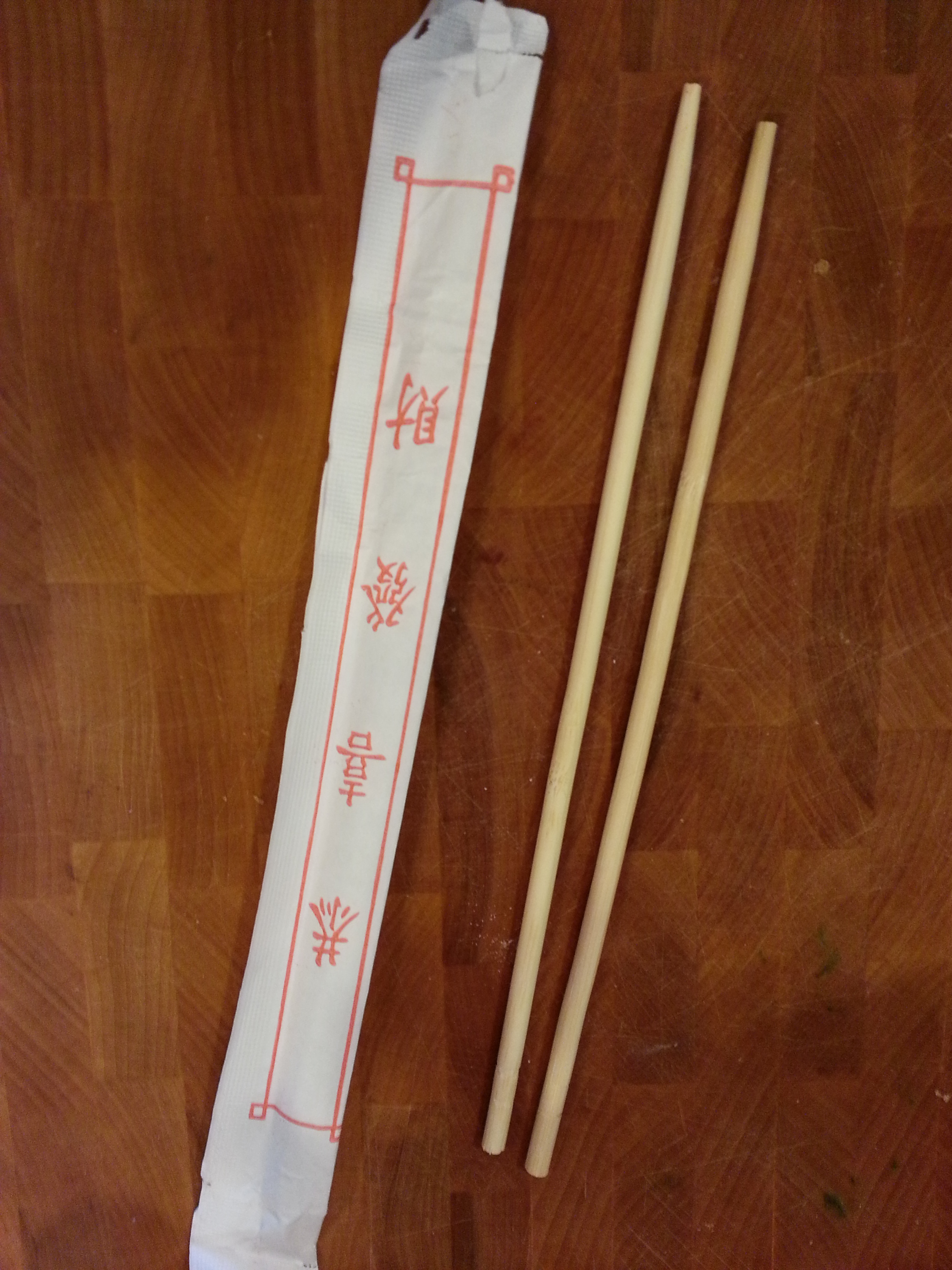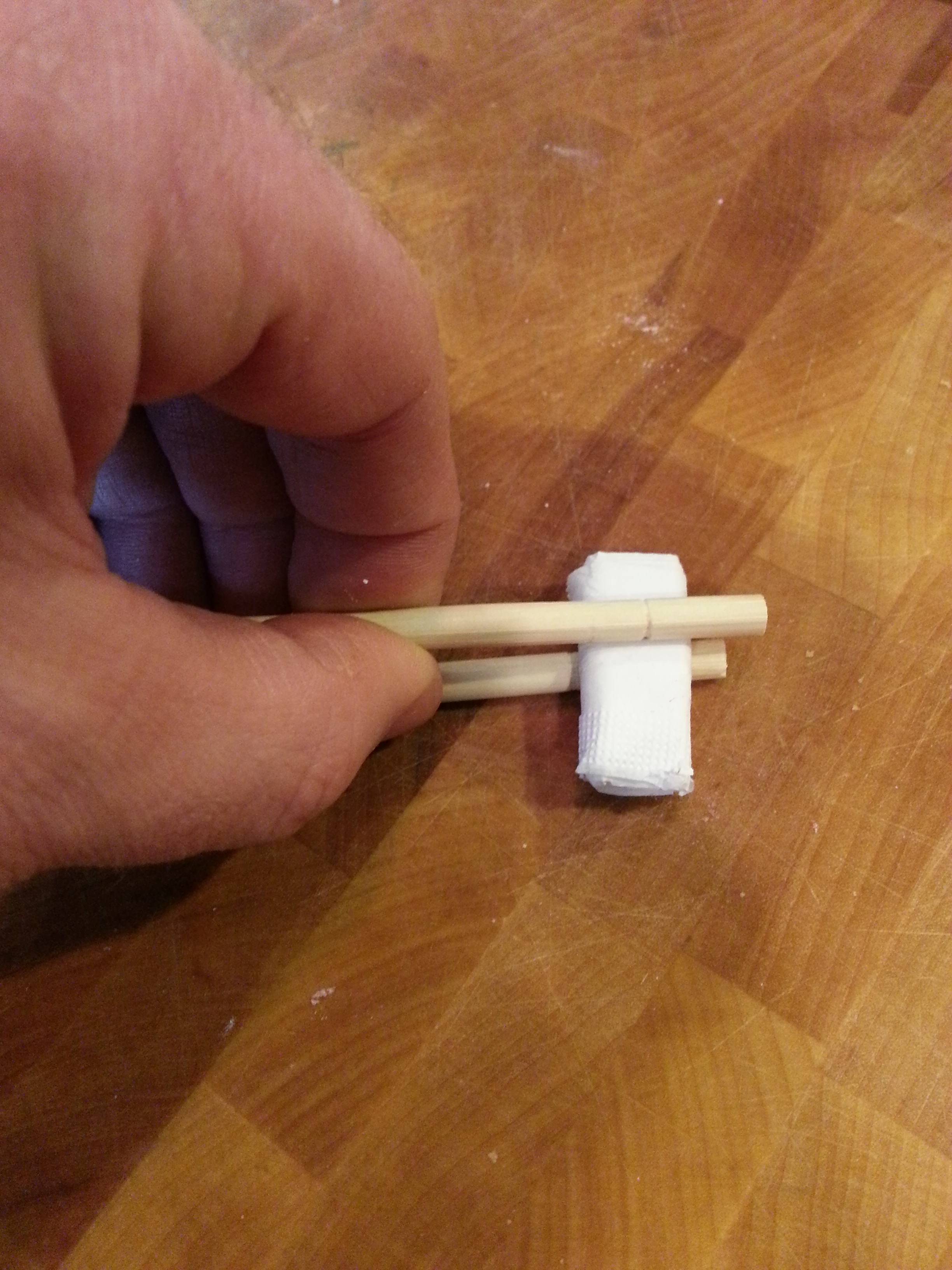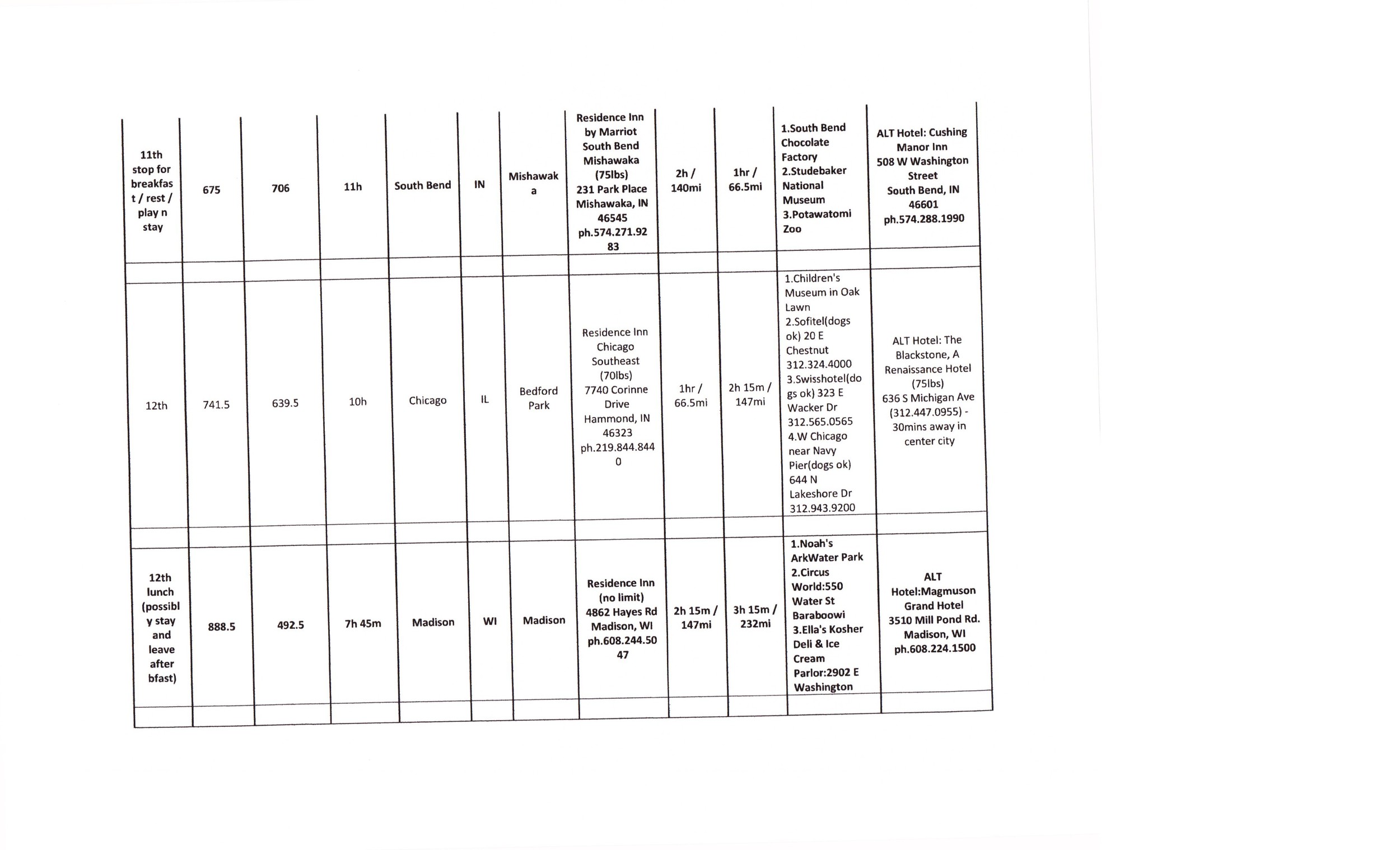1. Use your advantage to help others instead of hurt them. Other than in sporting... Never do anything that puts others at a disadvantage.
2. In matters of great importance, the best response is offered after emotion and suspicion yield to reason and logic. Wait one day to respond to anything that makes your face hot.
3. Never Ever Ever Ever Ever Give Up. The fear of falling is often more debilitating than the fall itself. It is in falling that we realize our resilience.
4. Asking for help is not a sign of weakness. It shows you recognize the importance of a task.
5. Sometimes doing nothing is a lot...but when you move, move with purpose.
6. Full Hands In. Full Hands Out.
7. Just tell the truth & never put a price on your principles.
8. Do more than the minimum & Leave people, places and things better than you find them.
9. Ski, Surf, Walk, Drive, Ride, Fly & Live in a predictable fashion whenever there are others behind or around you.
10. If you think you can, you will. If you think you can't, you won't.
11. The most Important things you will ever say: "After you", "Please", "Thank You", "I Love You" and "I'm Sorry".
12. Go to bed early. You will accomplish more before others wake than you will after they've gone to sleep.
13. Never drink more than one cocktail with subordinates or superiors.
14. Dissenting opinions and unpleasant news should only be voiced if some significant good can come of it. Displaying one's level of intelligence or social connectivity does not constitute a "significant good".
15. Those who control others are strong. Those who control themselves are powerful...and more attractive.
16. It's better to be wrong and alive, then right and dead.
17. Stand back when waiting for an elevator or when someone is exiting a room. If you give people enough space to exit first, there'll be more room for you to enter afterwards.
18. Never write, text, email or post anything on-line that you wouldn't want to air as a commercial during the Super Bowl.
19. The power in hate, greed, negativity and jealousy is in it's ability to distract you. Don't let it. Never lower yourself to the level of those who thrive on such things. They say misery loves company...and there will always be people who are stressed, overwhelmed and/or unhappy with themselves. Never let them influence your opinion of yourself....because they will definitely try. And be as kind to them as possible. Not because they deserve it but because you are kind. ‘In a world where you can choose to be anything. Choose kind” - Anonymous
20. All the world's ills (other than those resulting from chemical or psychological imbalance) can be traced back to poor parenting and/or poor education. Never stop learning!
21. A person's character is not so easily measured in times of comfort and advantage. The more accurate measure of one's character is taken in the most threatening of times... when weakness is most likely to triumph. Even then, character is not found in one's faults or folly but in the methods and sincerity with which they redeem themselves...and those they've failed.
22. Great intelligence demands even greater patience. Most disciplines are as much an exercise in intelligence as they are in patience.
23. Drugs are a distraction from: doing what truly makes your heart happiest, discovering the most beauty that life has to offer and knowing what day it is...additionally, they make bad ideas seem like decent ones.
24. Listen carefully. There's a difference between being quiet while waiting for your turn to speak and being quiet in order to hear and consider what someone else is saying. The former requires you to simply close your mouth. The latter requires you to open your mind.
25. When no rule exists, do the right thing. There's always an opportunity / It's never too late to do the right thing.
26. Never buy a suburban home: at the bottom of a hill, near a body of water, near commercial zoning, with a flat roof or quickly built / renovated.
27. There's nothing worse than a bully. Stand up for yourself... and those who can not stand up for themselves.
"The greatest sin that could be committed is the abuse of power. Whether it's mental, physical or economic." - Joe Biden
28. Sustained actions speak louder than words.
29. Never underestimate anyone...especially yourself.
30. In life, there will always be positives and there will always be negatives. Your attitude is driven by which you choose to focus on each and every day. It’s not what happens to you that matters; it’s how you choose to respond. (Read "The Road Less Traveled".)
31. Everything is relative. Everyone's perception is their reality.
32. Never recline a seat in coach or fart in an elevator if you can help it. Both may provide some relief but it's usually at the expense of another.
33. Everything is on it's way somewhere. Nothing "goes away" and nothing can be "thrown away".
34. “Quality work is expensive. Cheap work costs even more.”
35. Be mindful of the ease with which an unintended tone can be imparted to the written word of another. Read "The 5 Minute Manager".
36. Mistakes and inconsistencies are where the natural beauty lies. There is no such thing as "perfect" and there is no such thing as "right" or "wrong" in art.
36. The Platinum Rule: Treat Others as They Want To Be Treated.
37. Nothing great is ever accomplished alone.
38. You can teach most anyone a skill... but you can't teach anyone personality and character.
39. Make time to be still and quiet in nature...then dance in the rain and let yourself get soaked! It's good for the soul.
40. If you're having a problem with a person or situation, look at your own behavior first...and then look at your own behavior again.
41. Treat every one & every place like a campsite... Leave them a little better than how you found them.
42. Exercise is the ultimate antidepressant...and greatest tailor.
43. When facing any catastrophe, ask yourself: "How much will this matter in 20 years?".
44. Collaborate with people from all different walks of life. The cross-pollination between passionate people from various disciplines enables real innovation to flourish.
45. Be Kind. For everyone you meet is fighting a hard battle... hidden or not.
46. Boys will break your heart (especially when you forget how wonderful your are). Let them. Learn from it.
47. Respect yourself enough to walk away from anything that no longer allows you to grow.
48. Stop calling him. Stop texting him. Stop saying things you hope he will hear. If he wanted you, and deserved you...he'd be there.
49. Bellybutton piercings and tattoos are always bad ideas. Self-acceptance is the coolest accessory.
50. Life begins where your comfort zone ends. Be carefree...but don't be careless.
51. Seeing the good in something and building on it is usually more productive than seeing the bad and trying to fix it.
52. You don't have to practice law but you should study law for the sake of your freedom...as both lawyers and judges are human.
53. You will find that some laws are only elucidated once the enforcement of them serves the interest of one (or few) who profit by their application.
54. It's far easier for some to believe a lie that supports one's prejudice and resentment than to maintain an open mind while seeking the truth.
55. You are bound to find some discontent in your life. Don't let that discontent form your opinions, design your truth or decide your happiness...for hatred, injustice and the absence of peace in the world begins with the prejudice discovered upon projecting self depreciation onto others.
56. Time doesn't heal all wounds...but it does allow for more experiences which, in turn, yield a different perspective.
57. Don't let anyone define your self-worth...not even him.
58. “Gentlemen, we are going to relentlessly chase perfection, knowing full well we will not catch it because nothing is perfect. But we are going to chase it, because in the process we will catch excellence. I am not remotely interested in just being good.” -Vince Lombardi
59. Most people let down their guard after 6 months...if they ever had it up.
60. Be grateful & love with everything you've got as I and your Mom love you. No matter what... forever and beyond.
61. READ THE DIRECTIONS. THERE ARE ALWAYS DIRECTIONS.
62. Study Immanuel Kant’s Moral Philosophy namely… Categorical and Hypothetical Imperatives & The Formula of the Universal Law of Nature.
63. Listen to The Beatles. There's a lot of wisdom in their simple lyrics and they can be a good "home away from home".
64. Do everything to the best of your ability with the time allotted.
65. Sing out loud.
66. Seeing the good and building on it is always more productive than seeing the bad and trying to change it.
67. In life, you will encounter plenty of "sharks". When you do, summon up all of your strength and punch it in the snout. It will most likely turn and swim away.
68. Always consider the source of the information you receive and the source of the food you eat. Your interests may not be aligned nor your motives..
69. Resist the notion that there is more hate in the world than love. Although some may profit by magnifying it or by drawing your attention to it - it simply isn't true.
70. Go for the job that feeds your interest, offers the best culture and delivers the most thorough training.
71. AIM TO SAVE 30%, SPEND 60% & SHARE 10%.
72. Clean tools work better.
73. Read “The Metaphysics of Morals” by Immanuel Kant
74. "Travel is fatal to ignorance and prejudice" - Mark Twain
75. The best ideas come from greater exposure and a change of scenery.
76. AIM TO SAVE 30% SPEND 60% & SHARE 10%...and consider an index fund.
77. Decisions, based on a longview approach that considers ancillary impacts, take time. But trusting your gut will save your ass immediately.
78. If you can't find something - try straightening up the place.
79 If you don’t prepare for the expected, you’ll be too busy to address the unexpected.
80. Energy can neither be created nor destroyed; rather, it can only be transformed from one form to another... we don't die just because our bodies do. We are all a collection of our past and present and future experiences…a union of every person we’ve touched along our way. from a smile on the street to a mother’s love and when someone dies, that part of them that touched, changed and helped to form who you are - lives on through you and the countless people whose paths you cross.
81. Your thought are real things. Your thoughts create other real things Read,, listen and watch ‘The Secret” by Rhonda Byrne.
